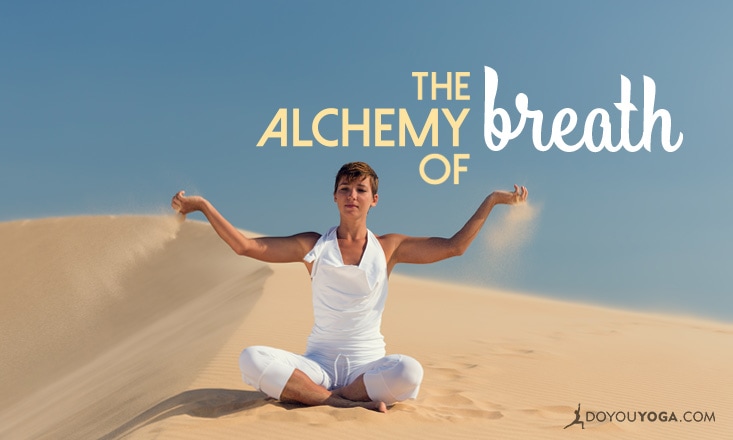Your breath has personality. It reveals how you are feeling. It is a clear litmus test for what you’re feeling emotionally and physically combined into one expression. In other words, your breath has a distinguishable alchemy. This changes every day. And it is both voluntary and involuntary.
Vitality Through Breath
Breathing is important for two reasons. It is the only means to supply our bodies and its various organs with the supply of oxygen, which is vital for our survival. The second function of breathing is that it is one means to get rid of waste products and toxins from the body.
Oxygen is the most vital nutrient for our bodies. It is essential for the integrity of the brain, nerves, glands, and internal organs. We can do without food for weeks and without water for days, but without oxygen, we will die within a few minutes.
Breathing is so simple, so obvious that we take it for granted; ignoring the power it has to affect body, mind and spirit.~Silvia Mordini
If the brain does not get proper supply of this essential nutrient, it will result in the degradation of all vital organs in the body. Oxygen is critical to our well being, and any effort to increase the supply of oxygen to our body and especially to the brain will pay you back immensely.
The alchemy of the breath is magnificent! With each inhale, we bring oxygen into the body and spark the transformation of nutrients into fuel. Each exhale purges the body of carbon dioxide, a toxic waste.
Exercise Your Breath
Pranayama (the mindful and deliberate practice of managing your breath) is used in yoga as a separate practice to help clear and cleanse your body and mind. It is also used in preparation for meditation, and in asana, the practice of postures, to help maximize the benefits of the practice and focus the mind.
In reality, the poses are just a validity test for your breath.
Three Part Breath (Dirgha Pranayama)
Known as the "complete" or "three-part" breath, Dirgha Pranayama teaches how to fill the three chambers of the lungs, beginning with the lower lungs, then moving up through the thoracic region and into the clavicular region.
Alchemical Benefits: Promotes proper diaphragmatic breathing, relaxes the mind and body, oxygenates the blood, and purges the lungs of residual carbon dioxide.
How To:
Sit with your spine erect or lie down on your back. Begin taking long, slow, and deep breaths through your nose.
- As you inhale, allow your belly to fill with air, drawing air deep into your lower lungs. As you exhale, allow your belly to deflate like a balloon. Repeat several times, keeping your breath smooth and relaxed, and never straining. Repeat several times.
- Breathe into your belly as in step #1, but also expand your mid-chest region by allowing your rib cage to open outward to the sides. Exhale and repeat several times.
- Follow steps #1 and #2 and continue inhaling by opening your upper chest. Exhale and repeat.
- Combine all three steps, utilizing all three chambers of your lungs (low, mid, high) into one continuous or complete flow.
When To Do It:
- During yoga practice
- Prior to meditation
- Prior to relaxation
- Anytime you feel like it
With this technique, you are empowered to influence your breath and therefore the personality of your breath, and your overall personality.
Breathing also affects our state of mind. It can make us excited or calm, tense or relaxed. It can make our thinking confused or clear. This is on display in how you interact with the world around you.


